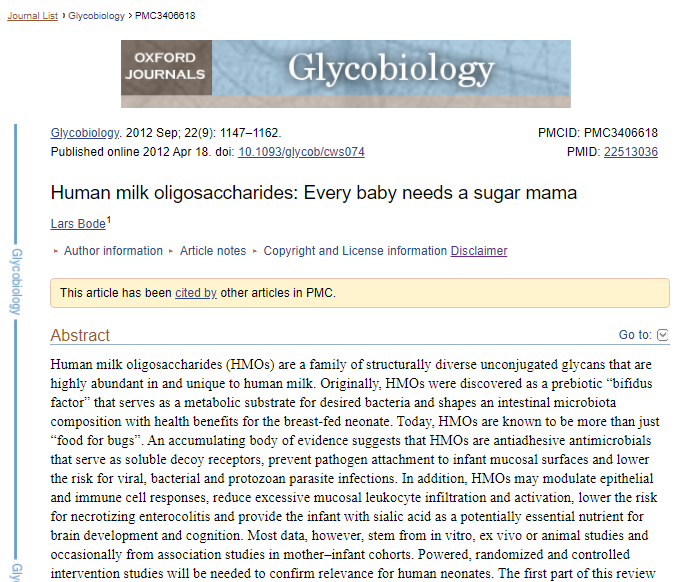[Welcome!] The Secret within Breast Milk, Human Milk Oligosaccharide
by Co Momstamin on Nov 02, 2021


There were many scenes regarding breastfeeding in this drama so it became a hot topic and is popular especially among new mothers.
Mothers were graded according to how much the mother loved the child in the postpartum care center.
It's a little like the movie Snowpiercer.
In order not to be in the last carriage, novice mothers in the postpartum care center were seen trying to get tips from "first-class" mothers to give their babies as much love as they can.
The most important action to get out of the last carriage of the train was breastfeeding. In the drama, it was seen as the indicator of full motherhood.
Breastmilk = Mother's Love
Breastfeeding was such an important factor that even in the drama, it was expressed as the love of the mothers that can raise their grades.
We all know that breast milk is important, but when asked why it is good, most replies we receive are: "It probably has a lot of nutrients?" "It's probably good because our parents say it's good."
Most of the time, breastmilk is known as a "good thing".
Since that's the case, let's find out more about breastmilk!
First of all, breastmilk is simply a liquid secreted from the mammary gland after delivery. It is divided into Colostrum, Transitional milk, and Mature milk depending on the duration postpartum.
As many know, #Colostrum milk contains concentrated and important nutrients for babies such as protein and calcium. This milk is only available from delivery to 3-4 days postpartum.
What is Transitional Milk?
It is the milk that comes after Colostrum and before Mature milk. Is usually lasts for about 2 weeks after delivery.
Lastly, what is Mature milk?
Mature milk comes in after transitional milk and is usually categorized as breast milk after 14 days of delivery.
What kind of secret do you think #Breastmilk contains?
Why is breastfeeding good for babies?
Breastmilk contains the ideal ingredients for infants' organ formation and growth. It also builds a microbiome with probiotics Bifidobacteria that activates its immunity. Breastmilk has also proven to reduce external infections (respiratory and digestive organs), and diarrhea, #childobesity and even reduce the chances of diabetes. Breastmilk has also been associated with reduction of allergic reactions such as atopy. Lastly, breastfed children also have relatively high IQs.

WHO on Breastfeeding
So will babies who drink regular milk also have these benefits?
Why are babies who drink breastmilk healthier and smarter than their peers?
Here's a graph that makes it easy to see the difference between breastmilk and cow's milk.

Comparison between bovine milk and breastmilk
As seen in the graph above, the biggest difference between cow milk and human breastmilk is #HMO, Human Milk Oligosaccharides.
HMOs or Human Milk Oligosaccharides are prebiotics or complex sugars found in breastmilk. They are the secret within breastmilk that bring about the health benefits babies who take breastmilk experience.
We find out more about HMO in the next posts but as a short preview, HMOs cannot be digested and gets into the gut to become food for beneficial bacteria (probiotics) and helps to expel harmful bacteria.
It also helps to regulate immune health and maintain an optimal intestinal environment.
There are already hundreds of science papers surrounding HMO and its health benefits.



Research on HMOs began in the early 1990s, but we only began to uncover its importance and functions after more than 100 years of studies due to the complex structures.
After learning more about HMO, most people will think:
"Wouldn't it be good if everyone can have access to HMO, not just babies?"
In the next post, we will learn more about Human Milk Oligosaccharide (HMO). More specifically the history of Human Milk Oligosaccharide.
Thank you for reading our first post.
Did you learn anything interesting about HMO or breastmilk today? We would love to hear your thoughts in the comments!
